Virtual Reality (VR)
A virtual experience includes three-dimensional images which appear life-sized to the user. A virtual reality application or device tracks the user’s head and eye movements and adjusts the on-screen display to respond to the change of perspective. Virtual reality is not just about the visual experience; it’s augmented by sounds and device movement. In a virtual environment “immersion” is the feeling of being inside that world and the depth of which the feeling is felt. Add the interaction with that environment, and we experience “telepresence”.
Virtual reality is the creation of a virtual environment presented to our senses in such a way that we experience it as if we were really there. VR uses a host of technologies to achieve this goal and is a technically complex feat that has to account for our perception and cognition.
Virtual Reality focuses on incorporating classroom curriculum into a virtual learning environment and providing opportunity for students to visit places and learn through new experiences they have only dreamed of before in a new virtual realm.
Augmented Reality (AR) is a three-part concept that includes 1) the overlay of digital information, 2) on the real world, 3) in a contextualized or location-based manner. This differs from Virtual Reality (VR) wherein a person is somehow immersed into an entirely artificial environment. Augmented reality has already filled several niches in education. Medical education and complex equipment repair can be taught by enabling students to visualize, in 3D, what’s under the hood. Practically, students can wear head mounted displays for hands-free operations or a device for less active learning.
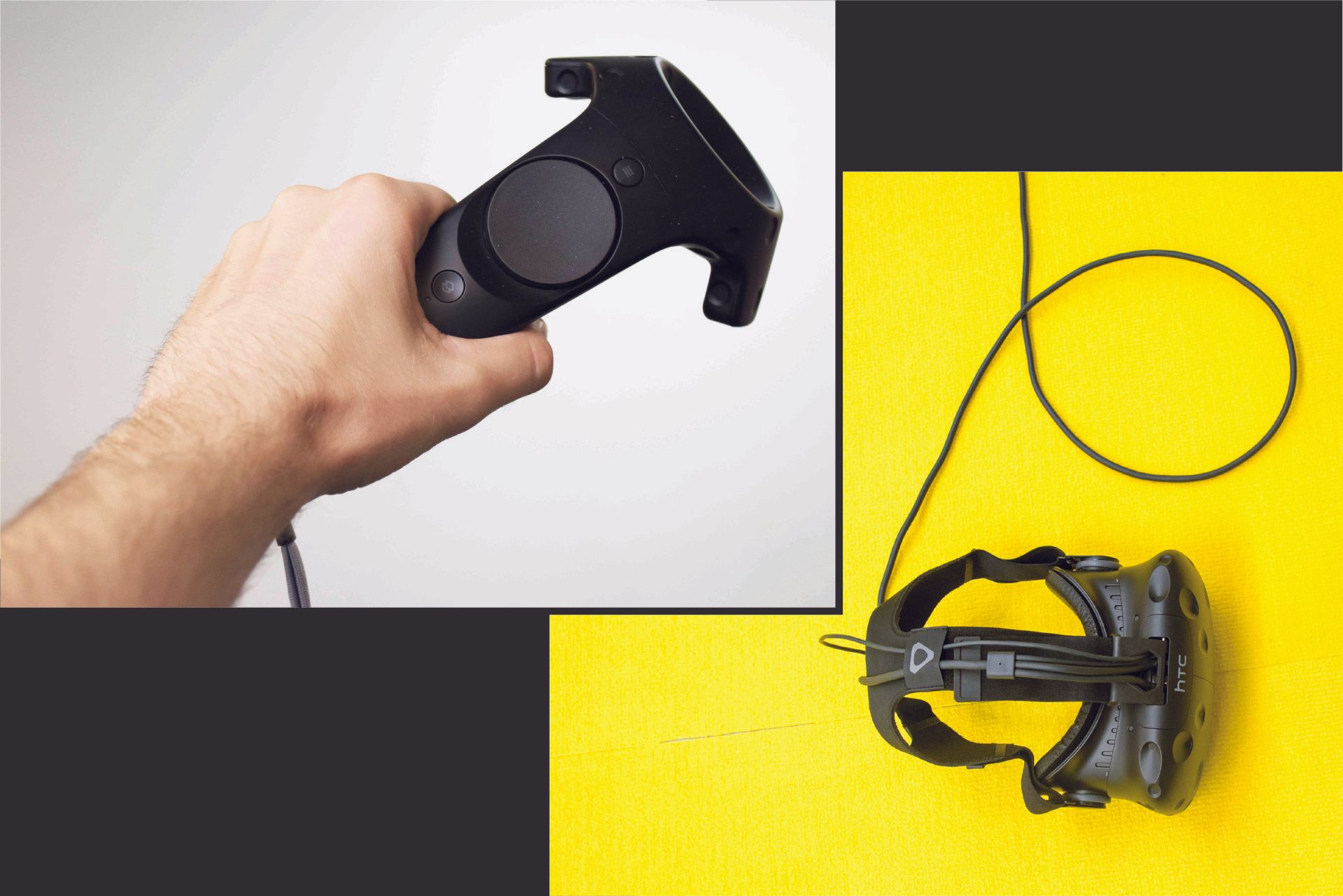
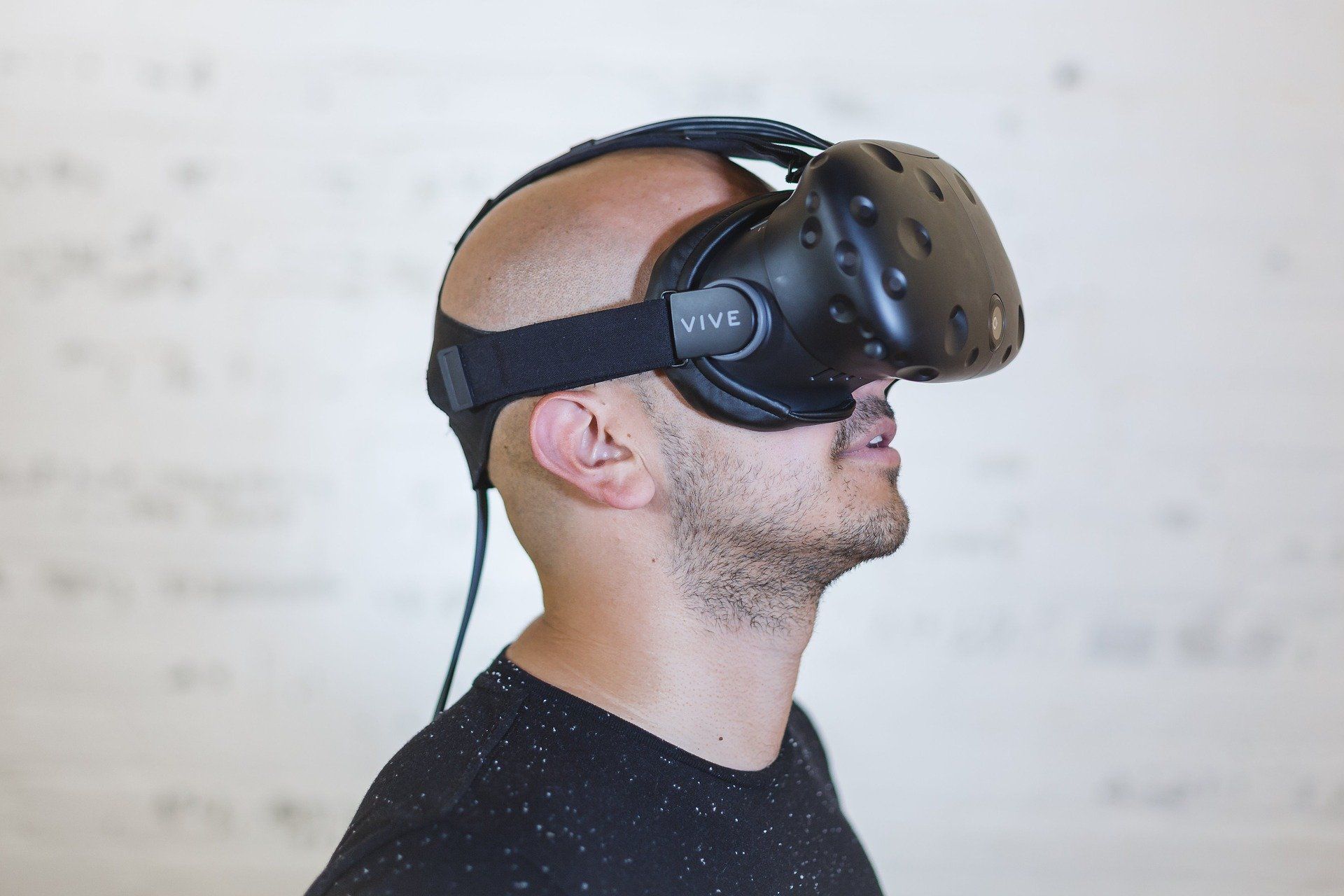
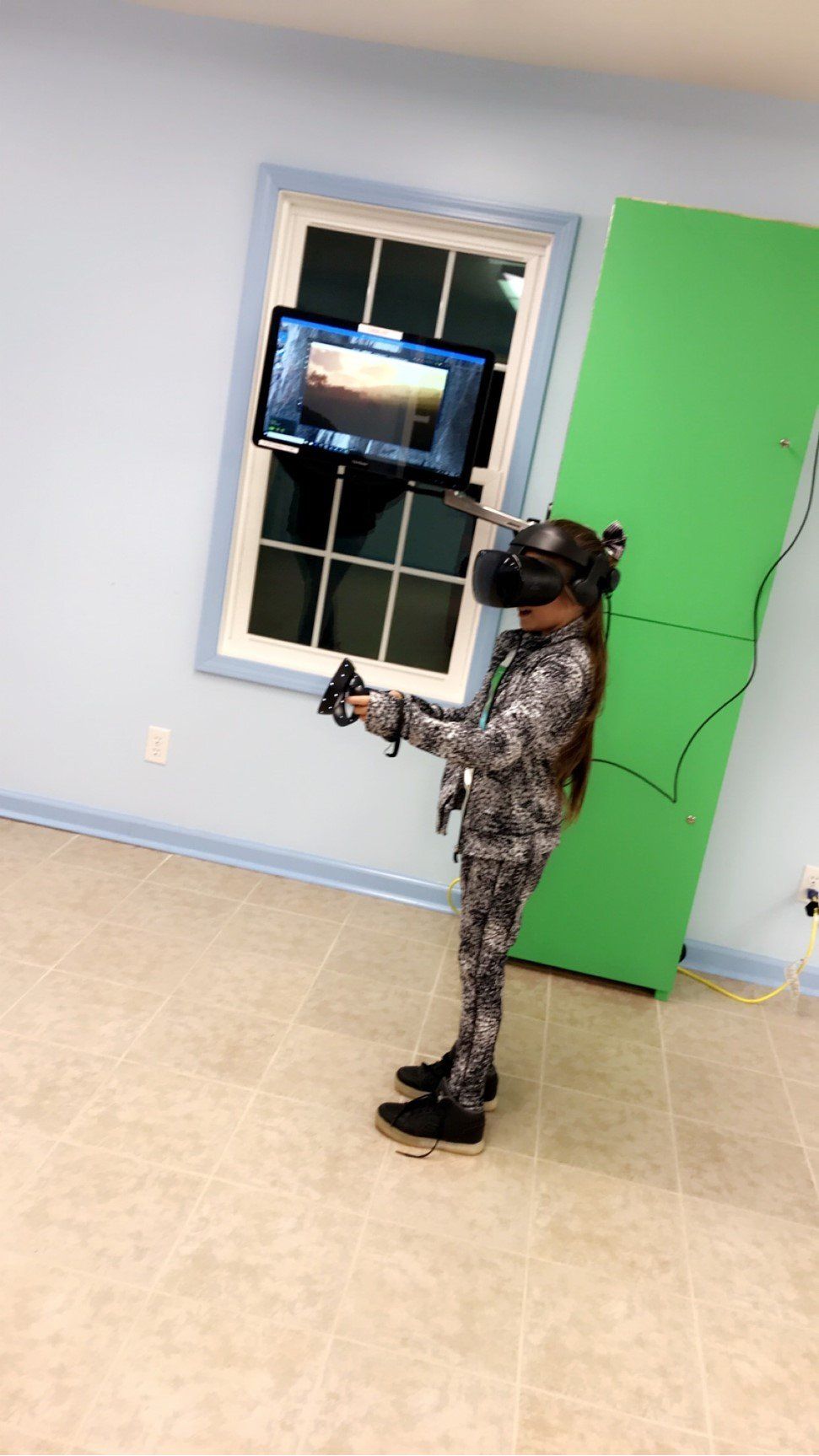
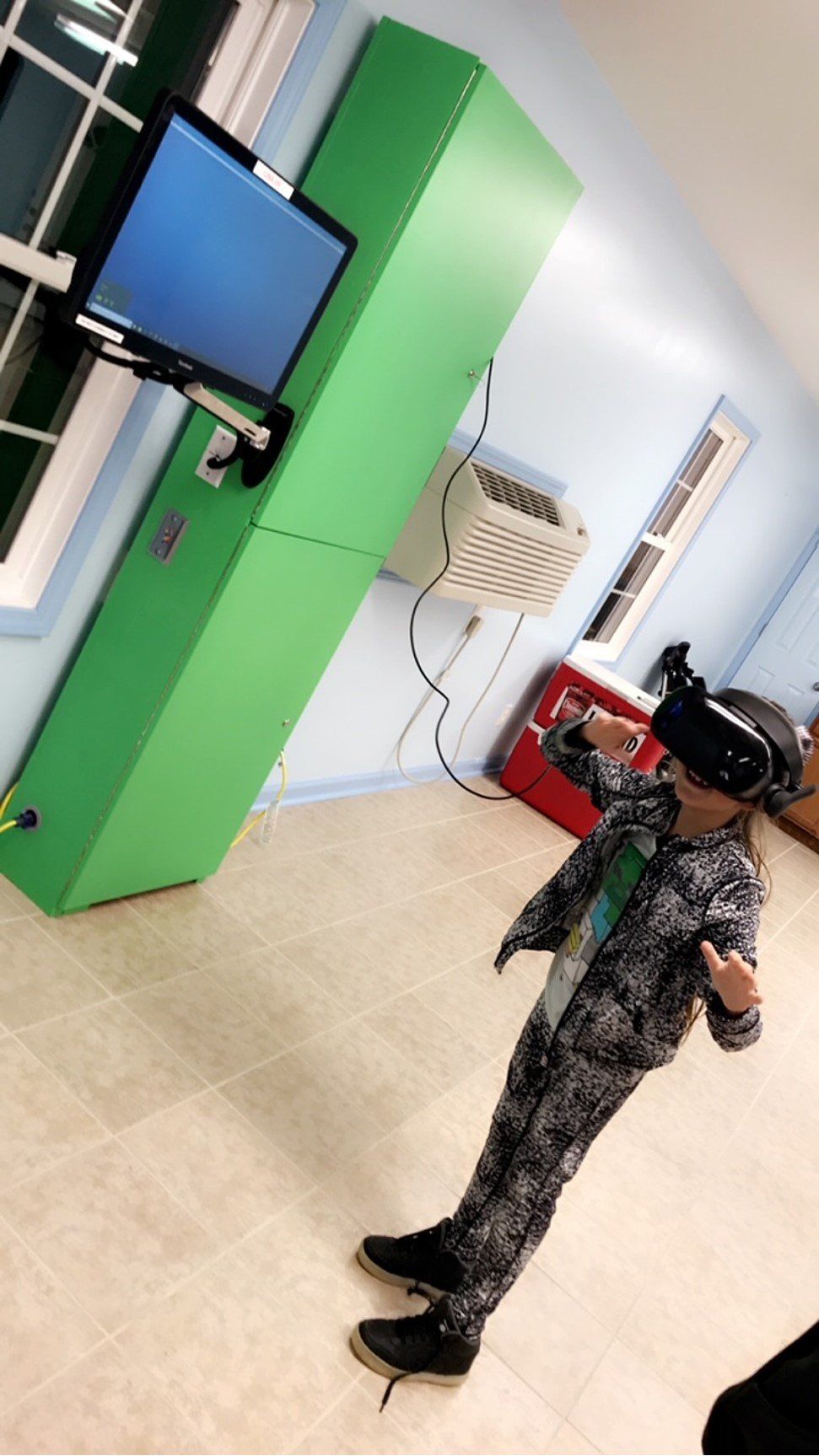
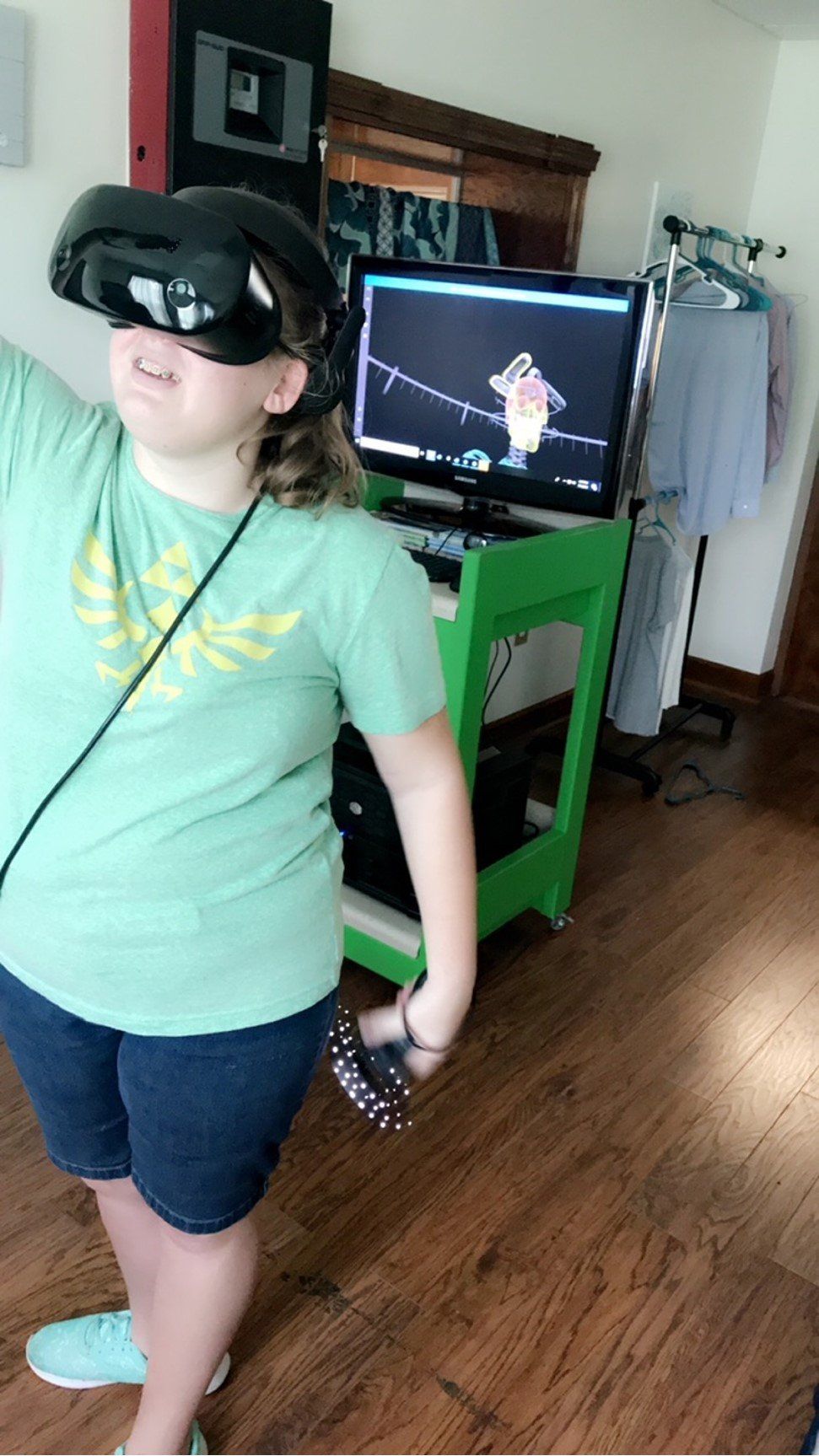
Our system engages the user in topics including:
- Reading
- Writing
- Math
- Science
- Life Skills
- Comprehension
Students can engage in virtual worlds such as:
- Visiting museums
- Exploring Ancient Places
- Sports
- and much more!
The lessons align with State and National curriculum including:
- ESSA (Every Student Succeeds Act)
- ASOL (Aligned Standards of Learning)
- IDEA (Individuals with Disabilities Education Act)
- SOL (Standards of Learning)
Skills That Can Be Taught with Current Selection of VR Programs
Academic Skills
- Animal environments
- Aquatic animals
- Art elements
- Bad vs Good fruits
- Colors
- Constellations
- Counting
- Different places in the house
- Dimensions
- Dressing appropriately
- Food safety
- Forces and motion
- General anatomy
- Life cycle of plants
- Math concepts
- Measurements
- Motor skills
- Navigating natural environments
- Nutritious Meals
- Plants growth needs
- Science concepts and lab
- Science Technology Engineering Arts Math (S.T.E.A.M.)
- Solar system
- Sorting
- Stars
- Starting things on their own - initiative/motivation
- Step-by-step directions
- Understanding order of things
- Writing their name
Vocational Skills
- Cutting
- Following step-by-step directions
- Hand-eye coordination
- Helping with independence
- Kitchen skills
- Order of things
- Self-initiated learning
- Survival Skills
- Team work/building, working together to help each other out
- Timing - burgers burning
- Where things are in the house
